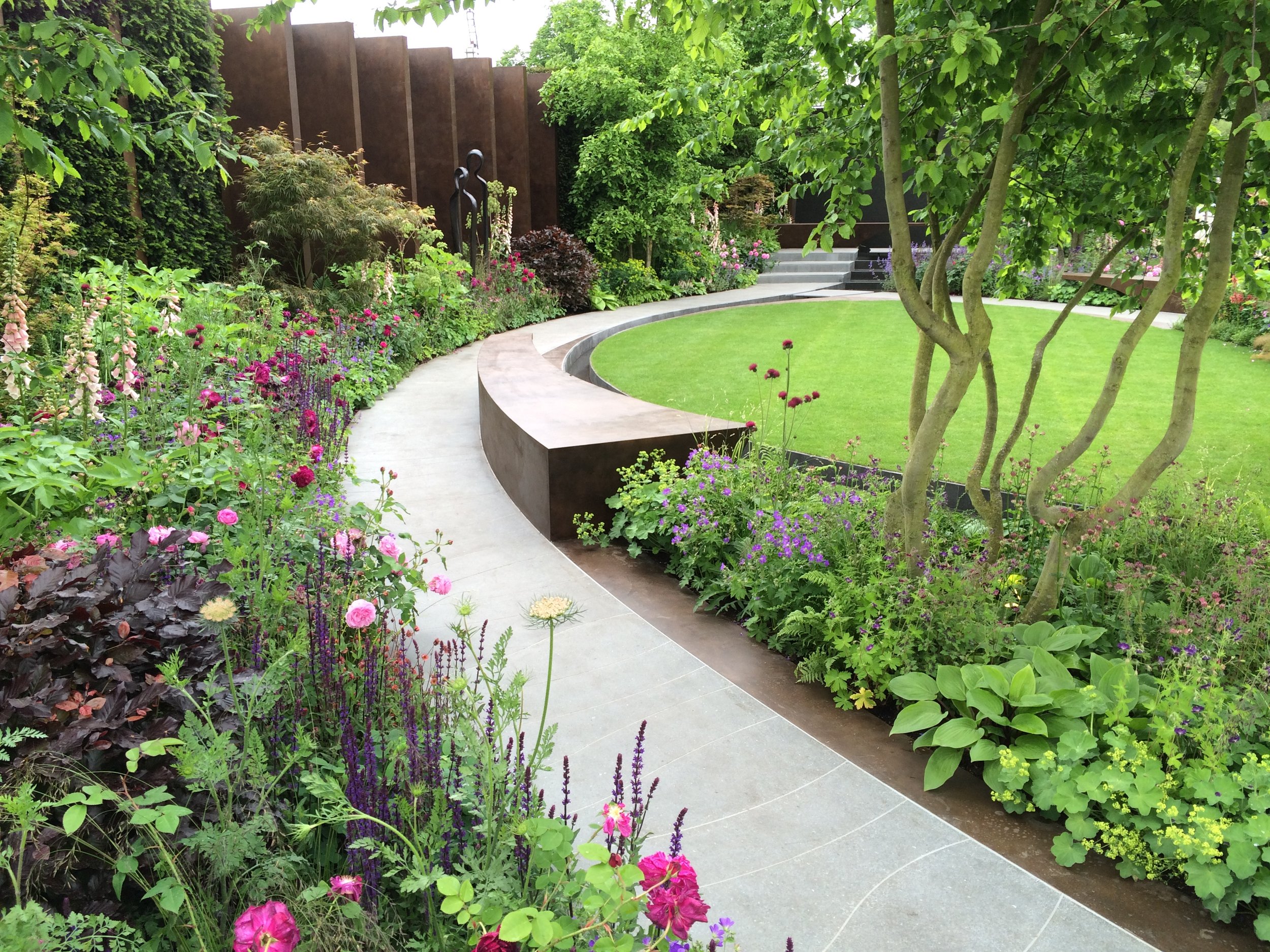5 Simple Techniques For Landscapers
Table of ContentsSome Ideas on Landscapers You Should KnowSome Known Details About Landscapers The 5-Second Trick For LandscapersThe 4-Minute Rule for LandscapersWhat Does Landscapers Do?10 Easy Facts About Landscapers Explained
- A garden attribute where water is represented by an aggregate rock item, typically a gravel or granite. These are most typically discovered in modern and Japanese garden style.- A stone or flagstone patio, path, or sidewalk constructed without a concrete base. The base would certainly be compressed crushed rock and the joints would certainly be an aggregate or walkable ground cover. - A rock keeping or free standing wall constructed without the usage of mortar. - A below ground structure that gather water and permits it to slow down percolate right into the soil around it.
Landscape style that is compatible with a websites' atmosphere in both look and sustainability without negative effects to the setting. Bordering in the landscape is a line of demarcation that produces visual rate of interest in the garden by separating one section from one more sector.
Areas can additionally sense of "enclosure" supplied by trees, various other plantings, fences, or screens. The landscape near the entrance to a building. A tree, shrub or creeping plant, trained to expand on a wall surface or fencing into a details pattern. Particularly helpful for fruit trees, making it very easy to collect the fruit and including mess.
The 4-Minute Rule for Landscapers
:max_bytes(150000):strip_icc()/GettyImages-154046398-c39f1daf45a84601b328d78ed8630660.jpg)
The element in a landscape style or area in a landscape that is meant to be most noticeable. The focal point can be a plant, boulder, statuary, collecting space, or various other landscape function.

Rumored Buzz on Landscapers
Low plants that are permitted or encouraged to spread over a location. Can refer to any type of "difficult" yard elements consisting of statuary or rocks yet a lot of commonly is made use of to refer to courses, patios, and walls - Landscapers.: Elevation distinction between the level of water in a pond (or the degree of the pump if it sits outside the fish pond) and the upper electrical outlet of water which impacts performance of the water pump in gph (gallons per hour).
A chemical used to regulate weeds. Fencing boards that run flat, typically utilized in modern or Japanese-inspired landscape styles. Lines that define spaces within a landscape concept. These frequently prolong from edges or key features of an existing framework. Correct use imaginary lines can help the landscape really feel attached to the home and various other aspects.
An even more kicked back garden dominated by bent rather than straight bed lines and a much less stiff structure. Typical PNW landscapes are informal. A plant that spreads out greater than wanted, or into habitats where it does damages. Rose city has a list of invasive plants that need to not be installed in landscapes since they can spread out to woodlands or waterways and be difficult to manage.
The Buzz on Landscapers
Can include head placements and coverage, pipe sizing, GPM specs, and products required to install this system. Licensed professional that designs landscapes, schooled in design and design as well as in gardening.
Landscape designers normally have less education than Landscape Architects and are not certified. A completed landscape design, describing all aspects for the new landscape.
Calcium product utilized to raise the pH in soil, which will certainly make it less welcoming to moss (Landscapers). A water tight HDPE product utilized below ponds, streams and waterfalls in water features. Utilizing many plantings of the very same range to fill out an area in the landscape. This can reduce here maintenance and water usage in the yard.
A layer of compost or bark dirt used at the base of a plant. A plant that was existing in a geographical place prior to individuals started changing the landscape.
Landscapers for Beginners
Exactly how the garden or a garden aspect is set up in partnership to an existing or brand-new feature or to a direction. Preserving blog here a yard without the usage of chemical herbicides, chemicals, or fertilizers. Grasses that are not trimmed yet expanded in landscapes as perennials. This is a partially open sided relaxation or entertainment area that joins a dwelling, used for entertaining, exterior eating and just delighting in the outdoor environment.

Small round gravel. Plants that give seasonal rate of interest and after that die back in the winter months. Annuals do not return the following period, however perennials do. Winter season lawn that is one of the most common lawn grass in Rose city, OR and the remainder of the PNW.An open roofed structure over a patio or various other landscape feature.
Basalt accumulated ranging in dimension from 1/4" to dirt. The most typical landscape gravel in click here to find out more the PNW. Area of the landscape designed to take care of water up until it can saturate into the ground. A chain that manages water as it takes a trip from a roofing gutter to the ground. Yard framework that develops a growing area that is had and greater than the surrounding grade.
Developing a garden function consisting mainly of stones with growings that match and can flourish in the rocky atmosphere. Sprinkler head design that revolves a stream of water throughout a location.
Landscapers Fundamentals Explained
